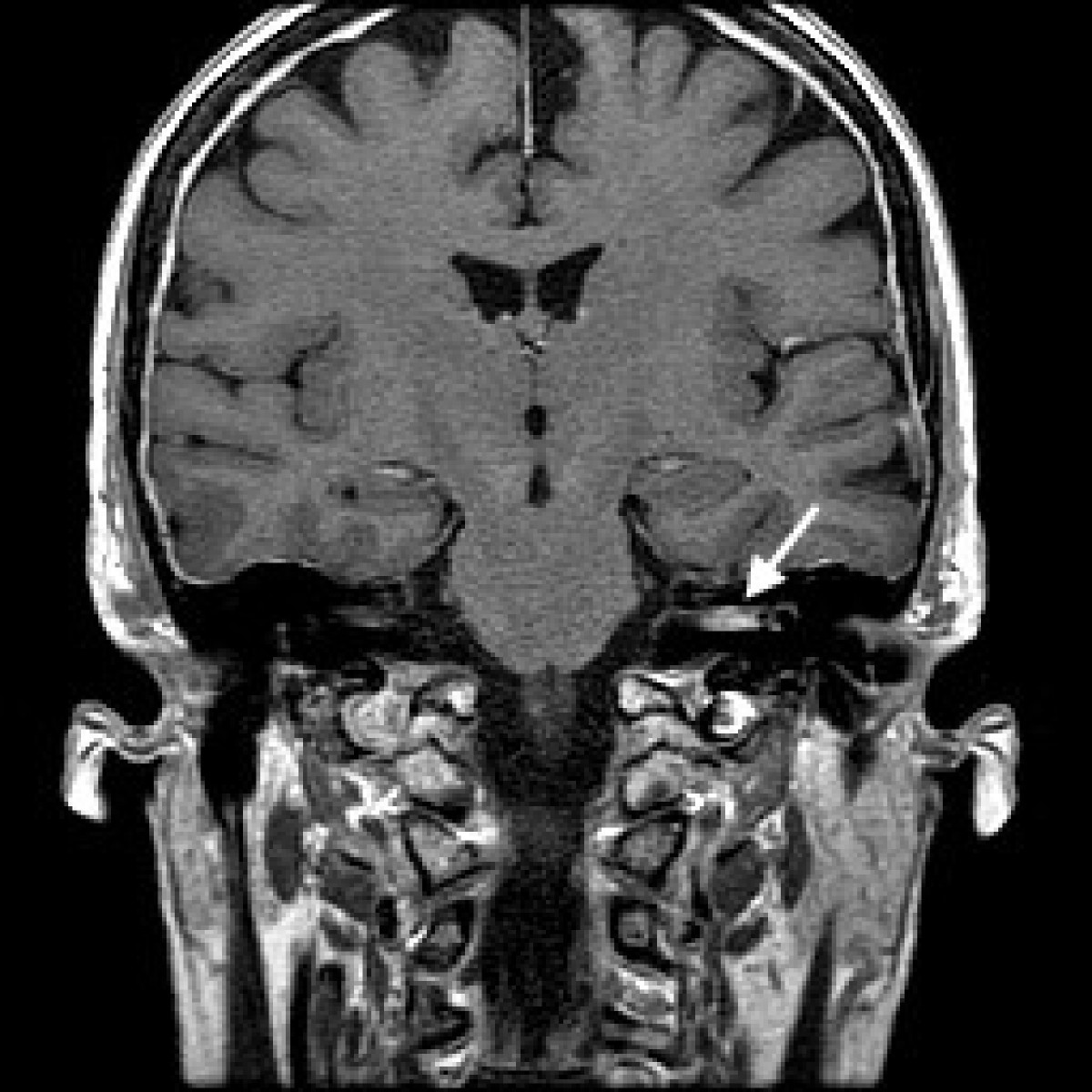

In view of the nonneoplastic characteristic of these lesions, a more conservative approach is justified. Intraoperative surgical findings of tumor infiltration of the faciocochlear cranial nerve complex may support simple observation. Accurate preoperative diagnosis by radiological means is not possible, but careful evaluation of the different signal intensities on magnetic resonance imaging studies may indicate this rare pathological condition. Conclusion: Symptoms and signs of internal auditory canal hamartomas are congruent with other typical pathological lesions of the internal auditory canal and cerebellopontine angle. Symptoms and signs of internal auditory canal hamartomas are congruent with other typical pathological lesions of the internal auditory canal and cerebellopontine angle. Therefore, a radical tumor removal was performed that sacrificed the cochlear but preserved the facial nerve. In Patient 2, minimal tumor dissection resulted in complete loss of auditory brainstem response without reversibility. In Patient 1, after nerve decompression by subtotal tumor removal, preserved auditory brainstem responses and facial nerve electromyography indicated functional nerve preservation and facilitated the decision for partial resection. Internal auditory canal decompression and cochlear implantation in Camurati-Engelmann disease. In view of the unclear intraoperative histology, surgical management was based on criteria of cranial nerve function. PMID: 2395403 DOI: 10.1288/00005537-199009000-00007 Abstract Unilateral acoustic neuromas in only-hearing ears and bilateral acoustic neuromas (NF-2) are separate entities, but both pose a common problem because surgical removal has the potential to leave the patient totally deafened. The lesions were exposed via a suboccipital transmeatal approach, and tumor infiltration of the cochlear and/or facial cranial nerves was identified. Two patients presented with clinical findings typical of vestibular schwannomas, i.e., tinnitus, hearing loss of 30 dB, and an intrameatal contrast-enhancing lesion on magnetic resonance imaging studies. Surgical intervention should be considered when one or more of the following circumstances is present: (1) predicted natural history of the disease is relatively rapid loss of the remaining hearing, (2) substantial brainstem compression has evolved (e.g., large acoustic neuroma), and/or (3) operative intervention may result in improvement of hearing or carries relatively low risk of hearing loss (e.g., CPA meningioma).To highlight the clinical, radiological, and surgical findings and therapeutic options for this rare entity, which may mimic a purely intrameatal vestibular schwannoma, and to define the particular aspects of preoperative differential diagnosis and surgical management. Postoperative hearing was class A in three patients, class B in one, class C in two, and class D in one.Although the vast majority of neurotologic lesions in an only hearing ear are best managed nonoperatively, in highly selected cases surgical intervention is warranted. The opposite ear was deaf from three different causes: VS (neurofibromatosis type 2 ), sudden sensorineural hearing loss, idiopathic IAC stenosis.Middle fossa removal of VS in five, retrosigmoid resection of meningioma in one, and middle fossa IAC osseous decompression in one.Hearing as measured on pure-tone and speech audiometry.Preoperative hearing was class A in four patients, class B in two, and class C in one. Five patients had vestibular schwannoma (VS), and one each had meningioma and progressive osseous stenosis of the IAC, respectively. To define the indications for surgery in lesions of the internal auditory canal (IAC) and cerebellopontine angle (CPA) in an only hearing ear.Retrospective case series.Tertiary referral center.Seven patients with lesions of the IAC and CPA who were deaf on the side opposite the lesion. Lesions of the internal auditory canal and cerebellopontine angle in an only hearing ear: Is surgery ever advisable? AMERICAN JOURNAL OF OTOLOGY Driscoll, C.


 0 kommentar(er)
0 kommentar(er)
